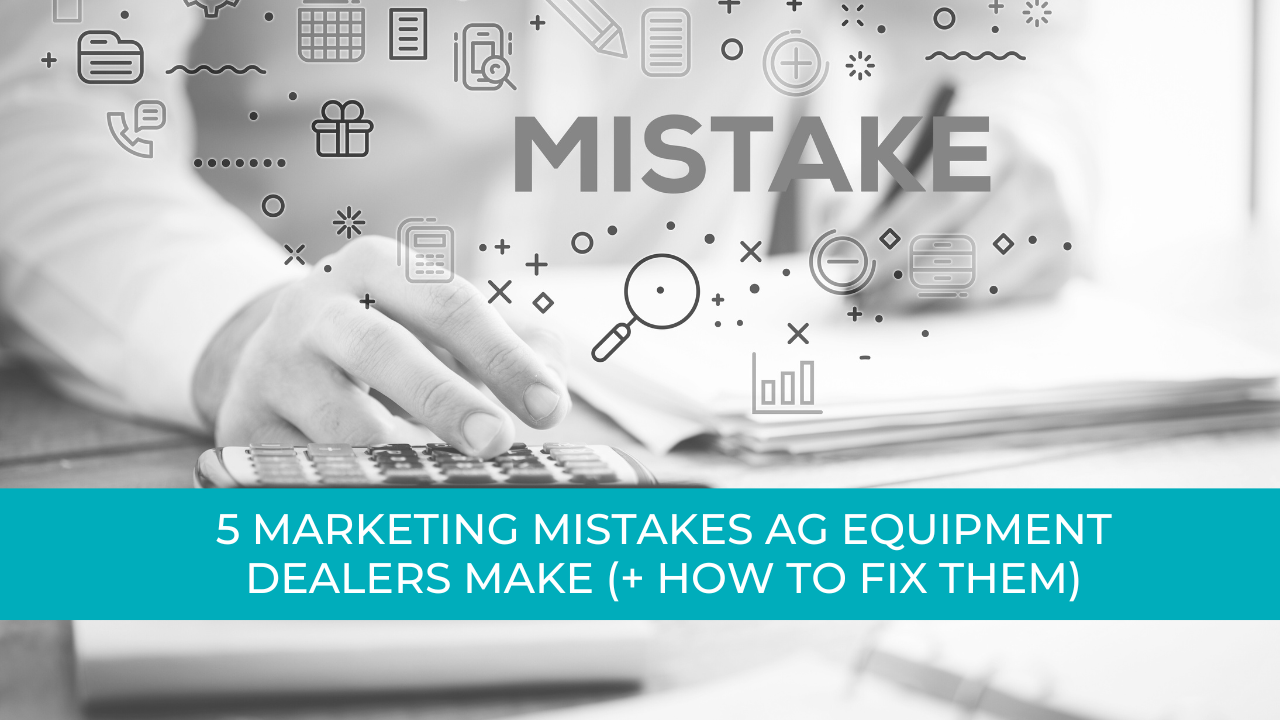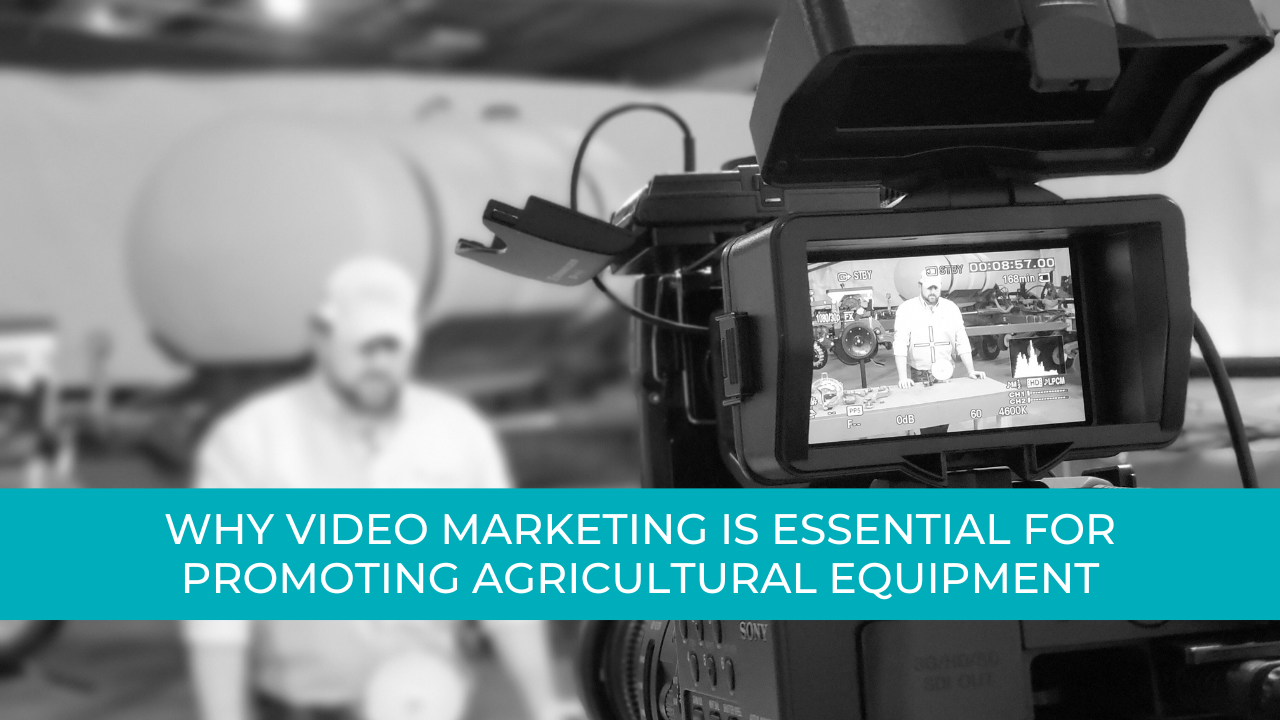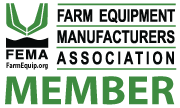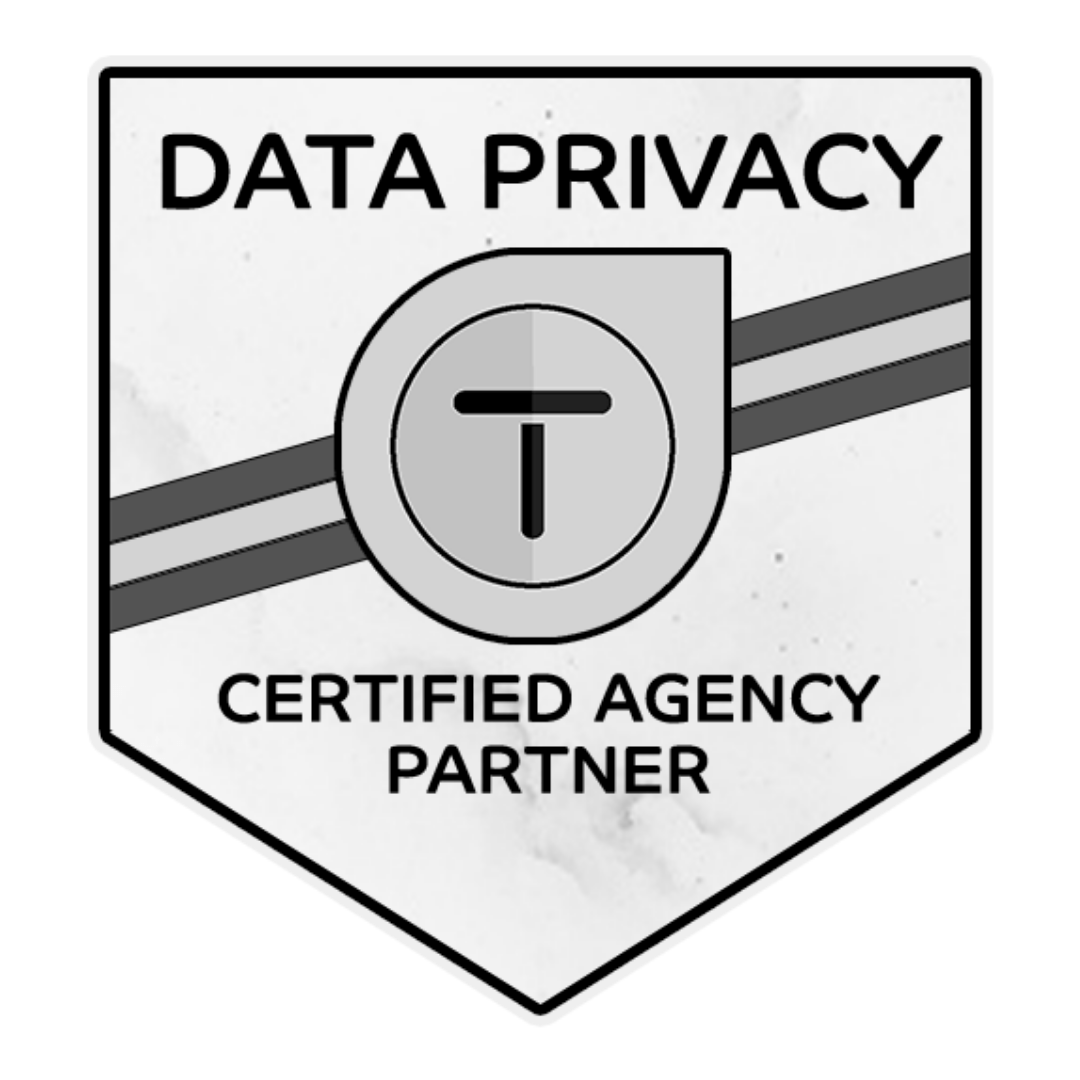Agtivation Blog
What's New In The Digital Ag World
What Are The Most Important Elements Of A Website?
When advertising your services online, your website is one of the most important tools in your arsenal. Whether you stock and sell agricultural equipment or offer a fantastic agricultural service, your agribusiness needs a website to survive the online world.

There’s a lot that goes into a website too.
From detailed copywriting and authentic imagery to an eye-catching design and specific Call-to-Action (CTA) buttons, a lot of effort goes into making a website perfectly unique for every business.
But what are the essential elements of an agricultural business website?
That’s what we’re going to discuss today! We’ll show you all the parts of your website that are absolutely necessary to have, because without them, your site could get lost in the sea of competitors.
6 things that are absolutely necessary when designing and building a website
So many things go into creating a perfect website, but today we’ve compiled six elements we believe are the most important when building a website for an agricultural company.
1. Navigation that works
There’s no point in having a website up and running if the navigation isn’t easy to use. Without clear and easy-to-understand navigation, your user won’t be able to figure out what they’re supposed to do, where they’re supposed to go, and how they can find the products and services they’re looking for.
By having a clear, easy-to-use, simple nav bar and navigation system, you’ll be able to create a stress-free experience for your website visitors.
If your navigation is difficult to understand or a user can’t find the page they are looking for, it’ll only cause frustration. Your visitors might even decide to leave before they’ve had a chance to check out your wide assortment of products and services.
So to avoid this, make sure your navigation works and is as straightforward as possible.
Keep it basic, with all the necessary pages on the navigation bar at the top of the screen.
Top Tip: Make sure your navigation is just as easy to use on mobile. Most people surf the web using their mobile these days, so you have to ensure they can easily access your website on their mobile devices. Larger buttons are a plus, especially on mobile.
2. Great copy
No website is complete without high-quality website copy!
Without excellent copy, your website won’t be able to attract and retain clients because they won’t understand what it is you’re offering them.
So, when building your website, be sure to have informative, engaging, and valuable copy on every page.
Remember that your copy shouldn’t be too wordy or confusing. It should:
- Tell your audience what you do
- Show them the benefits of what you’re offering
- Explain to them how it’ll help improve their lives
- Demonstrate how they can work with you
- Lead them to the next stage of the buyer journey
Your website copy is also vital for SEO; without it, you won’t be able to rank for relevant keywords in your niche.
3. An attractive and user-friendly design
Nobody will work with a company with an unattractive or unfriendly website design - that’s just a fact. If your user lands on your website and sees that it looks like something made in the early 2000s, they’ll presume you're out of business. Agriculture is an extremely technical industry. Technologies change all the time. Your website needs to reflect that you are keeping up with the latest.
An unattractive and poorly designed website drives clients away and makes you look like an untrustworthy business. It only takes
7 seconds for a visitor to form an opinion about you; most of this is based on the design of your website alone.
So to ensure you’re attracting and retaining as many leads as possible, make sure your website is:
- Clear, simple and to the point
- Easy to use
- Loads quickly
- Helpful resources and references
- Safe to use
Did you know that if your website doesn’t load quickly, most people will leave before giving it a chance? The average load speed is
3 seconds so try to get your site to load as close to that as possible.
Not only does your website have to be attractive, it has to work too!
With this in mind, ensure your website is secure and working as it should. Check for bugs and make sure your CTAs and links go where they should - not to a 404 error page!
4. Engaging calls to action
Another critical aspect of a website is the calls to action. Without an engaging, specific, and simple call to action, your visitor isn’t going to have any idea what to do next.
This is why it’s so important to outline what you’d like them to do clearly on your website.
You should have a call to action on each page that tells the reader about their next step. Whether this is to get in contact with you, sign up for a newsletter, or check out the rest of your services - your call to action has to state it clearly.
It’s essential only to have one call to action per page. Any more than that, and your user might get confused about how to contact you or what to do next.
Top Tip: When somebody clicks on your CTA, you should check that it’s bringing them to where it promised. If it doesn’t, you will only end up with frustrated and angry potential clients!
5. Social proof
Another vital element to have detailed on your website is social proof.
What is social proof?
It’s testimonials from growers, awards, certificates, and anything that proves you’re a precision planting or agricultural expert that will provide clients with the services and products you promise.
These days people are very suspicious of working with companies online, but providing them with social proof will quickly win them over and have them working with you in no time.
88% of people trust user reviews as much as personal recommendations.
Plus, having positive testimonials on your website will showcase your professional work for previous clients.
6. Resources for your audience
Finally, the last thing we recommend for your website is a resources section.
Some companies might find this a waste of time or an unnecessary section on a website, but we promise it’s worth it.
A section on your website full of free resources like blogs, software reference guides, and how-to videos will show your audience that you’re not just there to get them to work with you. You’re also there to help growers improve their methods with expert advice and tips.
Besides, writing great articles full of keywords and phrases will also help you improve your SEO. It’s a win-win situation, and we’d recommend having it on your website.
We hope this blog has helped you discover what elements of a website you should include when creating your site.
If you’re looking for an expert in website design and development, look no further than the team at Agtivation.
Our team will help your agribusiness get to where it deserves to be in the online space.
With years of experience working with agricultural businesses, Agtivation is here for you.
Get in touch with our team today for more information about our website services.














